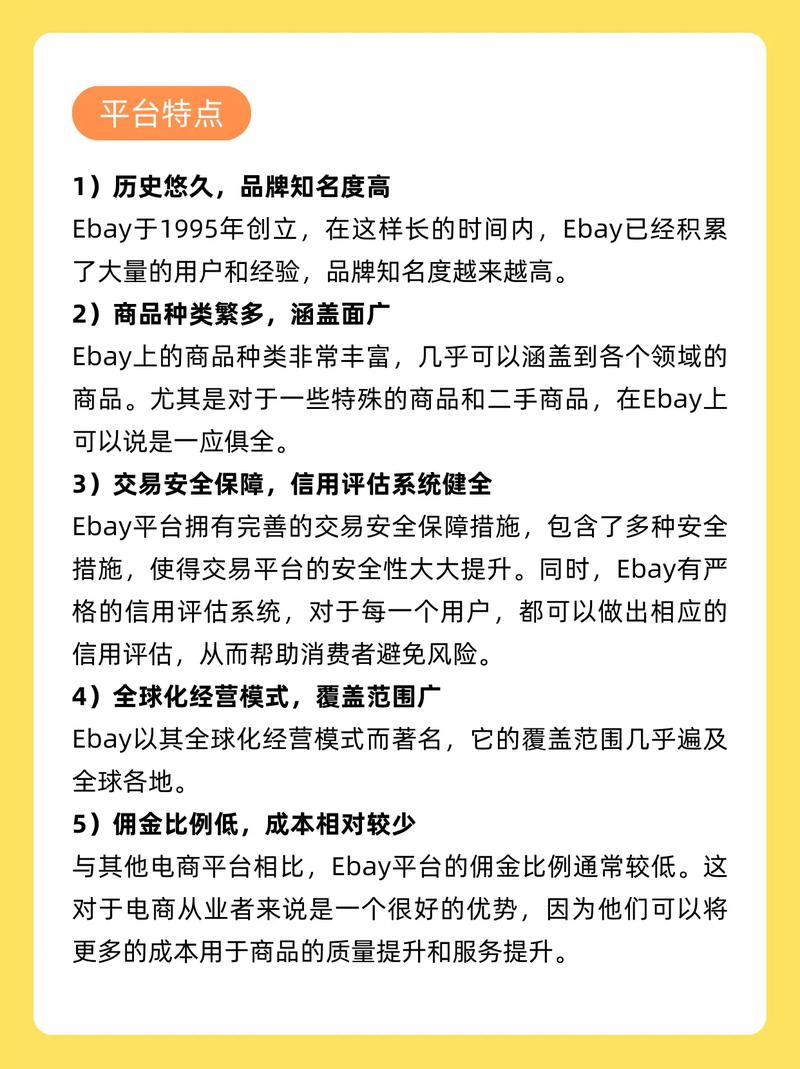Understanding the eBay Platform
Before diving into the specifics of making money online by selling items on eBay, it’s crucial to understand the platform itself. eBay is an online marketplace where individuals and businesses can buy and sell a wide variety of goods. It’s a user-friendly platform that allows you to reach a global audience with your products.
Choosing the Right Items to Sell
One of the most important aspects of selling on eBay is selecting the right items. Here are some tips to help you choose the best products:

-
Research popular categories: Look at the most popular categories on eBay and identify items that are in high demand.
-
Consider your interests and expertise: Choose items that you are passionate about or have knowledge about. This will make it easier for you to create compelling listings and answer customer inquiries.
-
Look for niche markets: Sometimes, it’s better to focus on a niche market rather than competing with everyone else in a saturated category.
Setting Up Your eBay Store
Once you’ve decided on the items you want to sell, the next step is to set up your eBay store. Here’s a brief guide to help you get started:

-
Register for an eBay account: If you haven’t already, create an eBay account and complete your seller profile.
-
Choose a store name: Pick a unique and memorable name for your eBay store.
-
Customize your store: Use eBay’s store design tools to create a professional and appealing storefront.
-
Set up payment and shipping methods: Decide on the payment methods you’ll accept and how you’ll ship your items.
Creating Compelling Listings
Your listings are the first impression potential buyers will have of your products. Here are some tips for creating effective eBay listings:
-
High-quality images: Use clear, high-resolution images to showcase your products. Consider using multiple angles to show different features.
-
Accurate descriptions: Provide detailed and accurate descriptions of your items, including dimensions, color, and any defects.
-
Competitive pricing: Research the prices of similar items on eBay to ensure your pricing is competitive.
-
Use keywords: Incorporate relevant keywords into your titles and descriptions to improve search visibility.
Marketing Your eBay Store
Once your store is up and running, it’s time to start marketing your products. Here are some strategies to help you attract customers:
-
Social media: Use social media platforms to promote your eBay store and products. Share your listings, offer discounts, and engage with your audience.
-
Online advertising: Consider using online advertising platforms like Google Ads or Facebook Ads to reach a wider audience.
-
SEO: Optimize your eBay listings for search engines to improve organic search visibility.
-
Referral programs: Encourage customers to refer friends and family to your store by offering them discounts or other incentives.
Handling Customer Service and Returns
Providing excellent customer service is essential for building a successful eBay business. Here are some tips for handling customer inquiries and returns:
-
Be responsive: Respond to customer inquiries promptly and professionally.
-
Offer clear return policies: Clearly outline your return policy in your listings and on your eBay store page.
-
Resolve issues quickly: Address any customer concerns or issues as quickly as possible to maintain a positive reputation.
Tracking Your eBay Business
Monitoring your eBay business’s performance is crucial for making informed decisions and improving your sales. Here are some key metrics to track:
| Metrics | Description |
|---|---|
| Sales | Total number of items sold and total revenue generated. |
| Conversion Rate | Percentage of visitors who make a purchase. |

